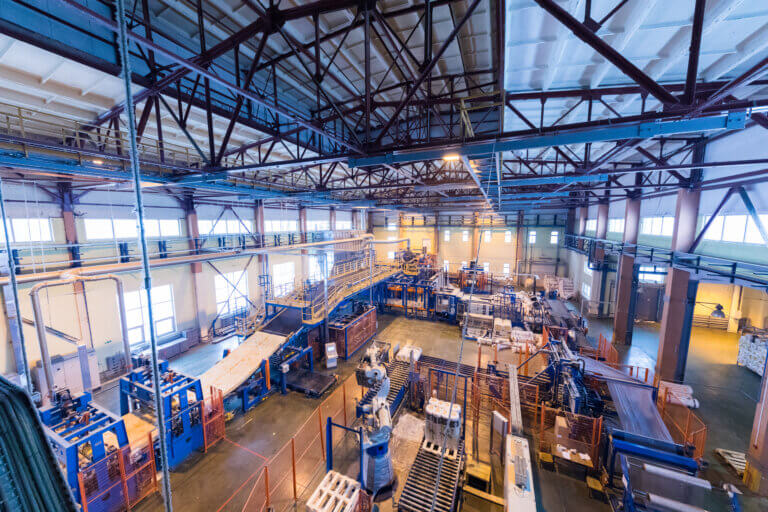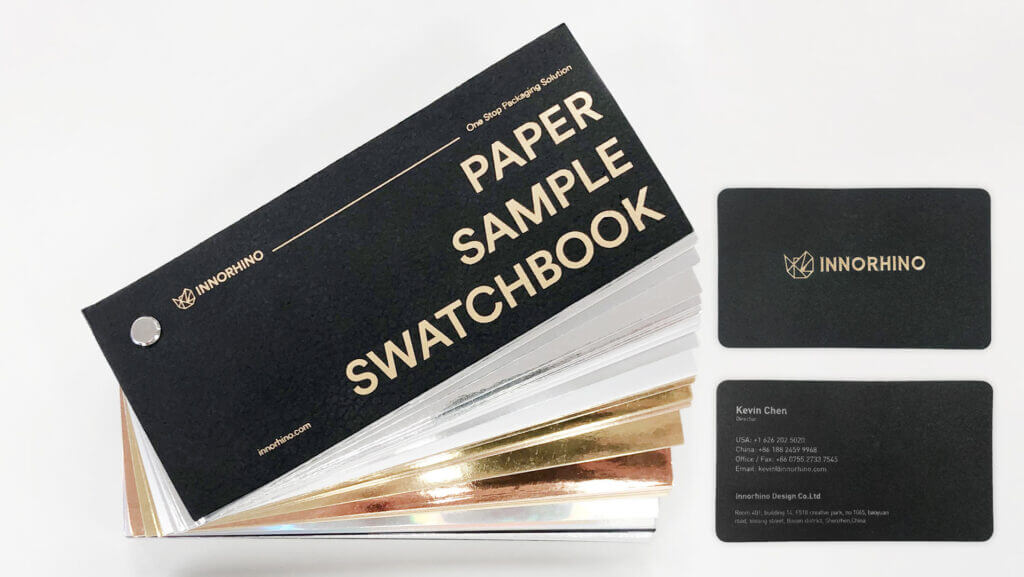- Customs & Packaging Strategies That Protect Your Brand
- 🔎 The New Trade Reality: Vietnam Isn’t a Workaround — It’s a Commitment
- ✅ Legal Packaging & Customs Strategies for U.S. Importers
- 🧩 Real-World Case Study: A Compliance Turnaround
- Why Top U.S. Importers Choose INNORHINO as Packaging Partner
- Final Word: Compliance Is the New Cost Advantage
- 💬 Frequently Asked Questions (FAQs)
Customs & Packaging Strategies That Protect Your Brand
As U.S.–China trade tensions continue to intensify and global customs enforcement tightens, Vietnam has rapidly become a favored alternative for American brands seeking reliable offshore manufacturing. But shifting your supply chain to Vietnam is not a loophole — it’s a legal commitment.
For U.S. importers in 2025, the only sustainable strategy is a clean, compliant, and fully traceable supply chain — and it all begins with your packaging and customs documentation.
At INNORHINO, we support importers with more than just packaging production. We provide strategic insight to ensure every label, box, and invoice aligns with both U.S. Customs and Vietnamese export law — so what’s printed on your packaging matches what’s approved at the border.
🔎 The New Trade Reality: Vietnam Isn’t a Workaround — It’s a Commitment
1. Transshipping Through Vietnam Is No Longer Viable
Vietnam’s customs authorities have stepped up enforcement, prosecuting over 25,000 trade violations in 2025 alone, including:
- Routing Chinese-made goods through Vietnam without real transformation
- Falsifying Certificates of Origin (C/O)
- Undervaluing goods to reduce import duties
🚫 Penalties include:
- Seizure of goods
- Re-export mandates
- Fines up to 200% of shipment value
💡 Key takeaway: If your goods weren’t substantially produced or transformed in Vietnam, they can’t be labeled “Made in Vietnam” — period.
2. U.S. Customs and Border Protection (CBP) Is Paying Close Attention
CBP is tightening inspections and requiring that country-of-origin claims are:
- Verified by a valid Certificate of Origin
- Supported by accurate HS code classifications
- Matched with invoices and shipping documents
- Reflected on product and packaging labels
⚠️ Common red flags include:
- Discrepancies between labels and documentation
- Inconsistent HS codes across documents
- Packaging produced in China for products claiming “Made in Vietnam”
These trigger entry refusals, audits, and potentially retroactive tariffs or legal penalties.
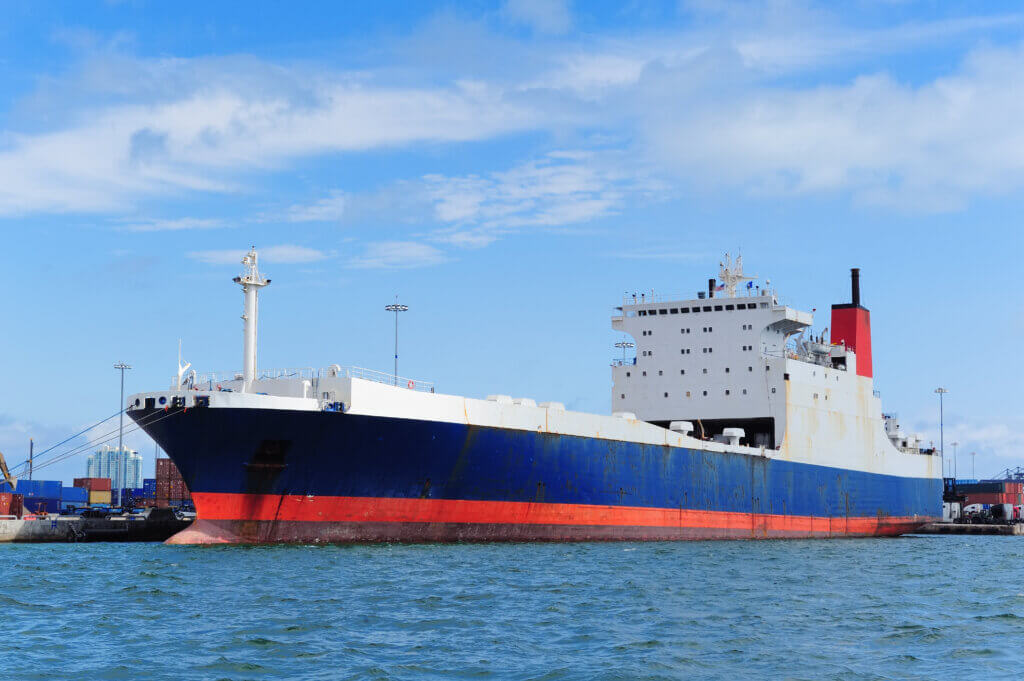
3. Vietnam Still Offers Strategic Advantages — If You Comply
Vietnam continues to be a smart sourcing hub for brands that want to:
- Diversify manufacturing away from China
- Lower production costs
- Build compliance-first supply chains
✅ But cost savings mean nothing if your shipment gets detained. True ROI comes from clear paperwork, origin-verified packaging, and customs-aligned strategies.
✅ Legal Packaging & Customs Strategies for U.S. Importers
At INNORHINO, we help brands prepare their supply chain and packaging for seamless U.S. entry — legally, efficiently, and strategically.
1. Choose the Right Customs Clearance Path
| Model | Description | Best For | Risk Level |
|---|---|---|---|
| Formal Clearance | Duties paid, legal C/O, export compliant | Most U.S.-bound goods | 🟢 Low |
| Bonded Warehouse | Optional; goods stored tax-free pre-export | B2B hubs, regional fulfillment | 🟡 Medium |
📌 Note: If you’re not storing or assembling goods in Vietnam, bonded warehouses aren’t necessary for packaging alone. Focus on formal declarations and documentation instead.
2. Align Packaging with Country-of-Origin Requirements
Packaging plays a legal role, not just a branding one.
If your product says “Made in Vietnam,” then:
- Packaging must be produced or transformed in Vietnam
- Labeling must match the C/O and customs forms
- All product info must be consistently declared
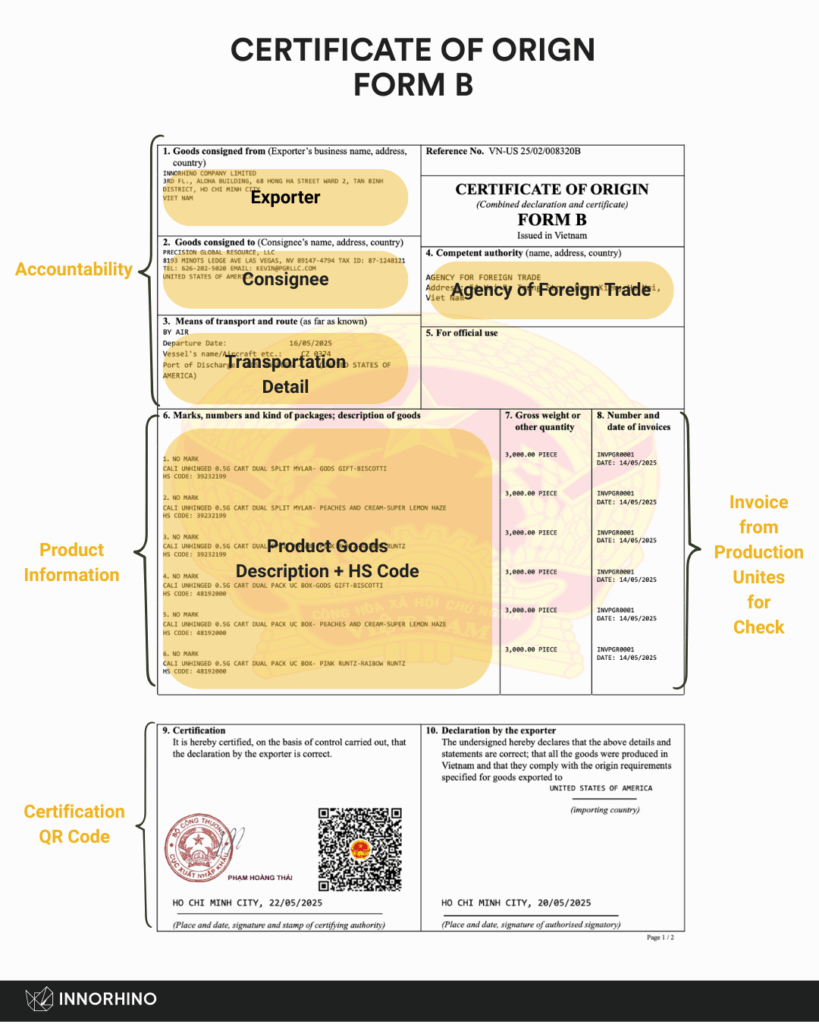
INNORHINO offers:
- C/O preparation and support
- Material sourcing records for origin verification
- SKU-specific labeling templates
- HS code pre-classification
📝 A misaligned box label can delay — or derail — your shipment. We help prevent that at the source.
3. Build a Customs-Ready Documentation System
In 2025, every shipping label, invoice, and package is a compliance checkpoint.
We help you:
- Standardize bilingual invoices
- Match documents across packing, shipping, and labeling
- Prepare for CBP audits with digital records
- Collect and verify C/O from all suppliers in Vietnam
🧩 Real-World Case Study: A Compliance Turnaround
A U.S. home goods brand approached INNORHINO after “Made in China” labels caused tariff issues and retail backlash.
We helped them:
- Shift packaging production to Vietnam
- Secure verified Certificates of Origin
- Align HS codes and invoices
- Streamline labeling to meet CBP standards
📉 Results:
- Customs clearance time: ↓ 37%
- Detentions/rejections: ↓ 50%
- Retail acceptance: ↑ Significantly improved
Why Top U.S. Importers Choose INNORHINO as Packaging Partner
🇻🇳 Dual-Region Production (Vietnam + China) 📄 C/O & Document Advisory 🔍 HS Code and Label Review by SKU 📦 Packaging Designed for Customs Compliance
We don’t just print boxes — we future-proof your import strategy.
Final Word: Compliance Is the New Cost Advantage
In 2025, legally compliant supply chains aren’t just safer — they’re smarter.
U.S. Customs is more vigilant than ever, and brand reputations are built on transparency. Vietnam remains a strategic choice — if you do it right.
📩 Ready to import from Vietnam with confidence? Book your Free “Vietnam-to-U.S. Packaging & Customs Readiness Plan” with INNORHINO today.
💬 Frequently Asked Questions (FAQs)
Q1: Do I need a bonded warehouse in Vietnam just for packaging?
A: No — unless you’re storing inventory or assembling products for third-country export, bonded zones aren’t necessary for packaging alone.
Q2: What happens if CBP finds discrepancies in my documents?
A: You risk delays, audits, detentions, and possibly fines or re-export orders. Aligning your packaging with customs documents is essential.
Q3: Can I still use Chinese components if I ship through Vietnam?
A: Only if the product undergoes substantial transformation in Vietnam. Simply routing Chinese goods through Vietnam without transformation is illegal.
Q4: How can INNORHINO help with compliance?
A: We offer C/O advisory, labeling and HS code audits, packaging traceability documentation, and bilingual customs-ready documentation.
